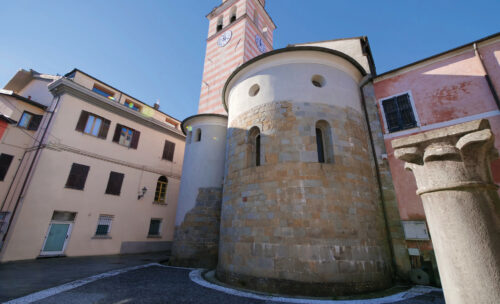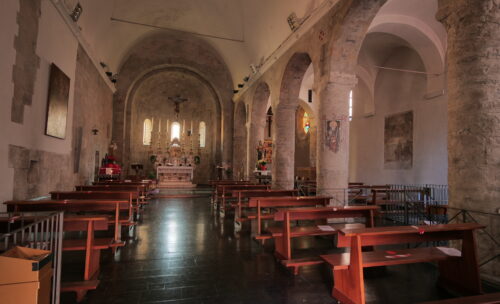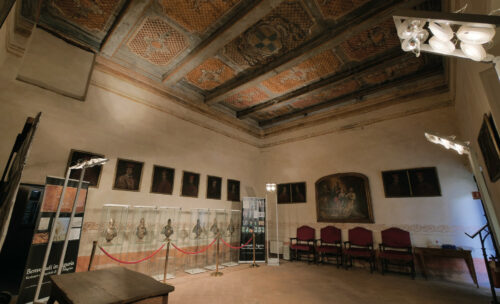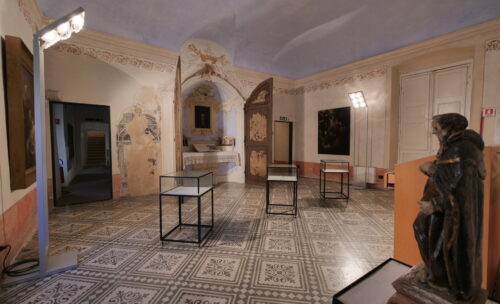In Brugnato, Via dei Monti intertwines its history with the one of the Longobard road network, grafting on the core that Longobards found apt for the abbey of Saint Colombanus, through which they would develop and control the nearby area. Due to their conquests, the old and extensively used roads are scattered and we can see a strategy in distancing from areas under Byzantine control. The abbey was built during Liutprand’s reign, between the 7th and 8th century, even though a first monastic settlement is theorised around the 6th century.
Closely linked to Bobbio in early medieval times, as testified by the first names being dedicated to Saint Peter and then to Saint Columbanus, it was favoured by Longobard kings through frequent donations in aims of increasing its prestige. This very prestige would drag it in a series of complicated political and religious events that led to it becoming a bishopric in 1133, later united with Luni and Sarzana in 1820. A thorough campaign of achaelogical excavations started in 1993 found evidence that the original construction of this abbey happened alongside those of the bishop’s palace and of the adjacent romanesque cathedral.













